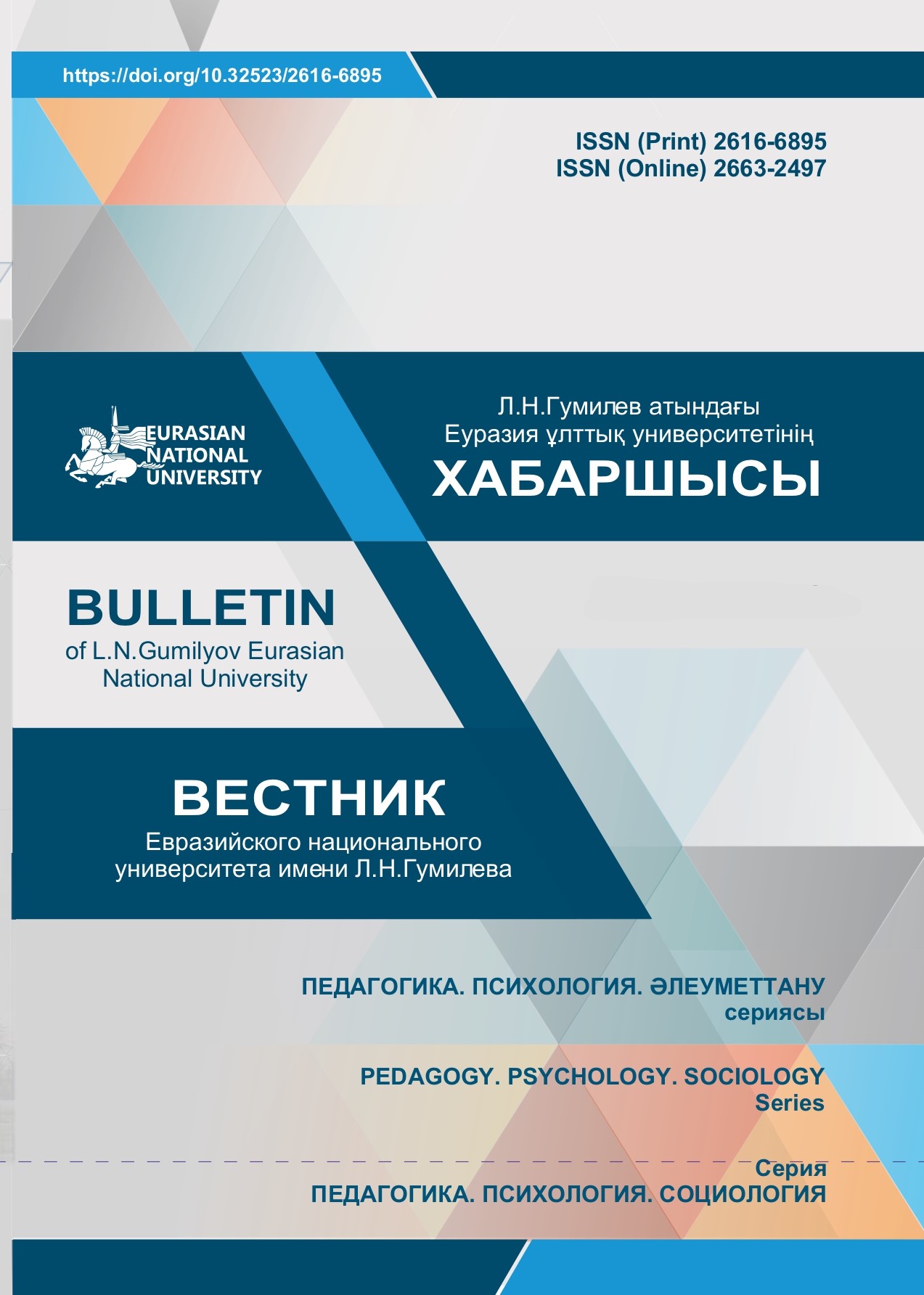Стресс психологиялық құбылыс ретінде
Қаралымдар: 423 / PDF жүктеулері: 366
Кілт сөздер:
стресс, модель, г. Селье, фаза, психологиялық құбылыс.Аңдатпа
Бұл мақалада психологиялық құбылыс ретінде стресс мәселесіне теориялық талдау
жасалады. Түрлі жағдайдағы әр түрлі адамдар үшін стресстің бірнеше түрінің мәні қарастырылады.
Автор Ганс Сельенің тұжырымдаманың алғашқы әрекеттері мен оқшаулануы зерттелген :»Стресс
— бұл организмнің кез-келген талапқа спецификалық емес реакциясы». Стресске психологиялық
құбылыс ретінде өз анықтамаларын берген бірқатар көрнекті психологтардың анықтамалары және
олардың проблематикаға деген көзқарасы көрсетілген. Стресстің дереккөздері, оның биологиялық
және психологиялық компоненттері анықталды. Стресстің психологиялық бағыттары анықталды.
Авторлар стресс тарихына күндер бойынша қысқаша шолу жасайды, стресстің негізгі терминдері,
белгілері мен фазалары көрсетілген. Стресс құбылысын толық түсіну үшін әртүрлі тәсілдер
қарастырылады: стрессті зерттеудегі биологиялық, психологиялық және әлеуметтік тәсілдер.
Мақалада стресс процестеріне қатысты ұғымдарды білдіретін, анықтайтын және ситуациялық
талаптарды, жеке, әлеуметтік ресурстарды біріктіретін әртүрлі стресс үлгілері берілген.
Қарастырылған модельдер тітіркендіргіштер мен стресстік реакциялар арасындағы байланыстарды
көрсетуге мүмкіндік береді. Стресстің Трансакциялық моделі және оның пайда болуын сипаттайды,
егер адам өзінің басынан өткерген жағдайды қиын деп қабылдаса және онымен қалай күресуге
болатынын бірден түсінбесе, яғни кез-келген жағдай стресс болуы мүмкін. Селье моделі, оған сәйкес
стресс-бұл сыртқы өзгеріс пен ағзаның осы өзгеріске реакциясы арасындағы өзара әрекеттесу.
Әлеуметтік контексте стрессті дамытуға бағытталған әлеуметтанулық модельдер, кәсіби қанағаттану
дағдарысының моделі, денсаулық пен ауру үлгілері. Лазарус пен Фолкманның стресс моделі
когнитивті бағалаудың маңыздылығын атап көрсетеді, онда стресс өздігінен болмайды, бірақ
адамның қабылдауын көрсетеді.








